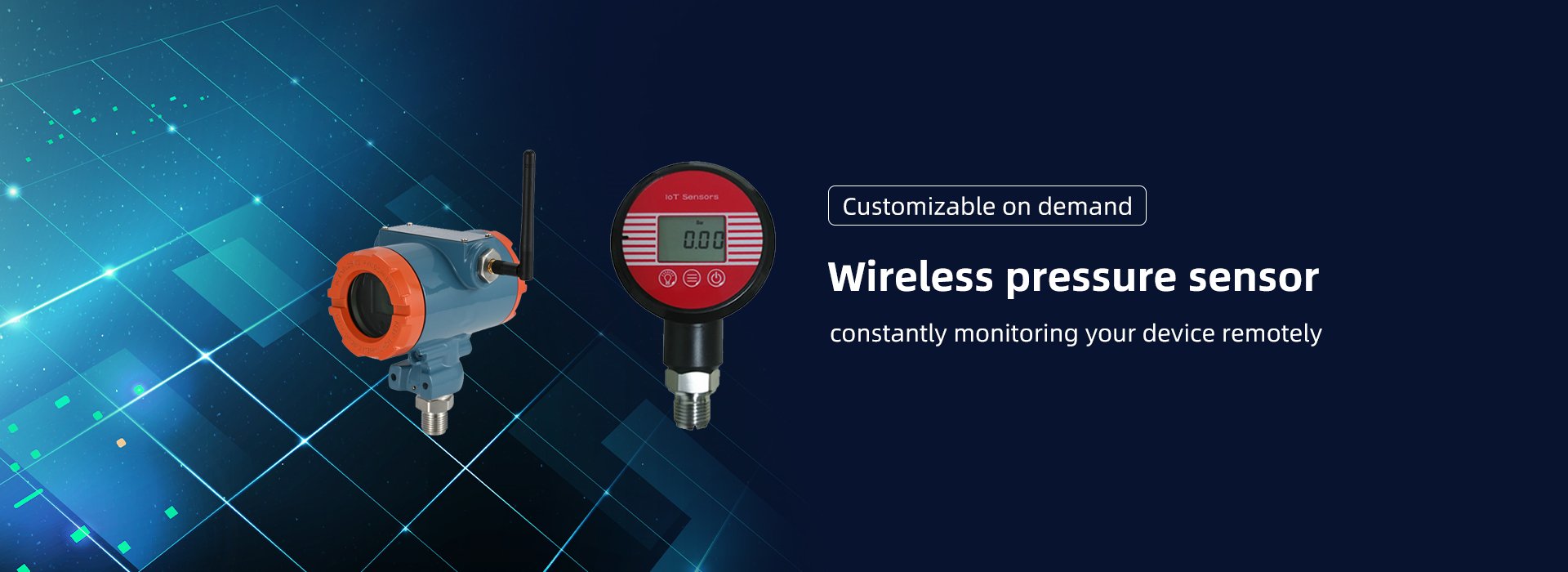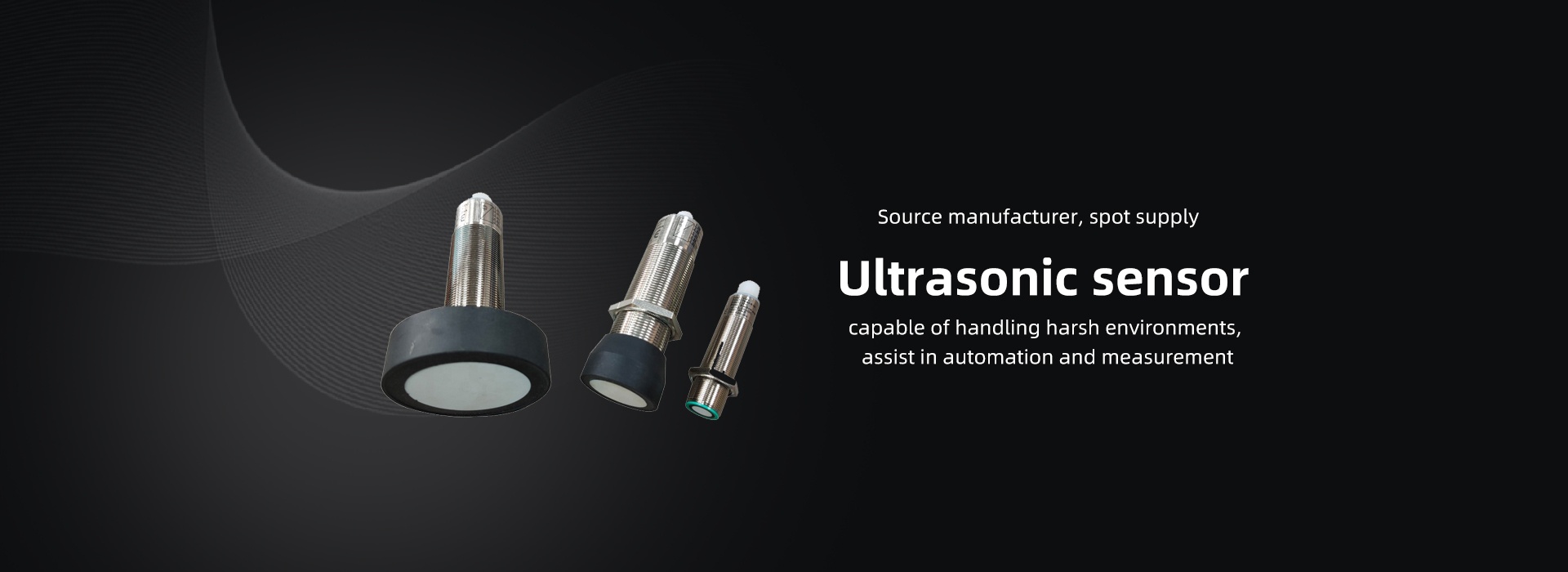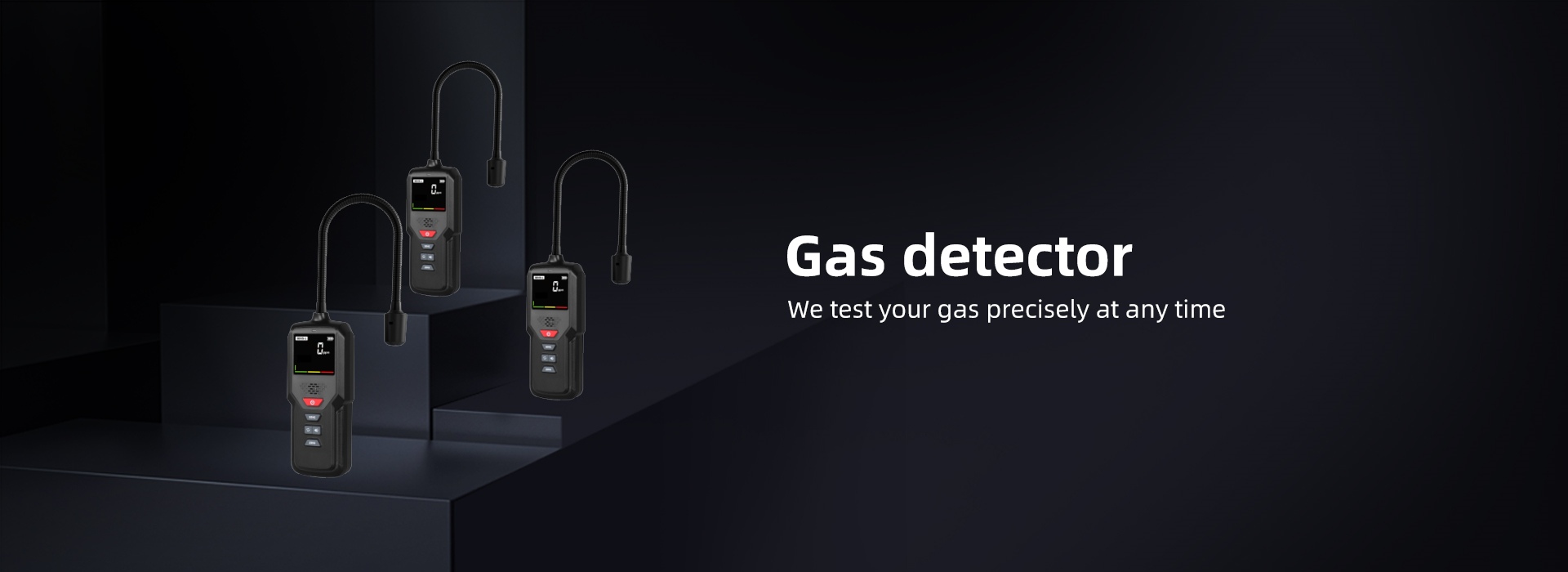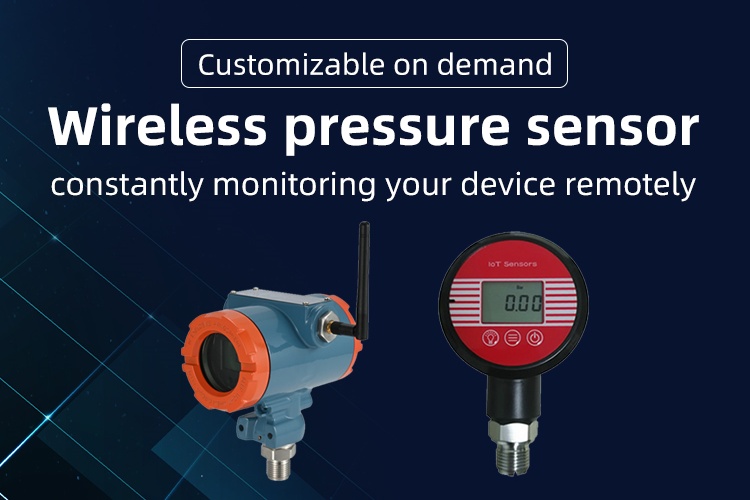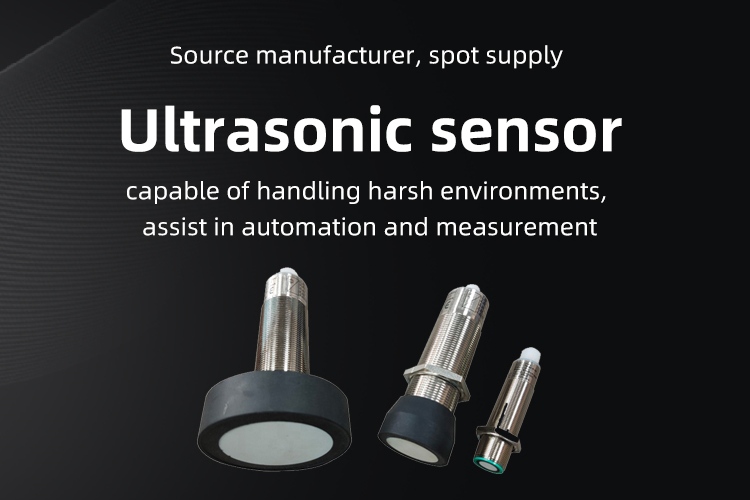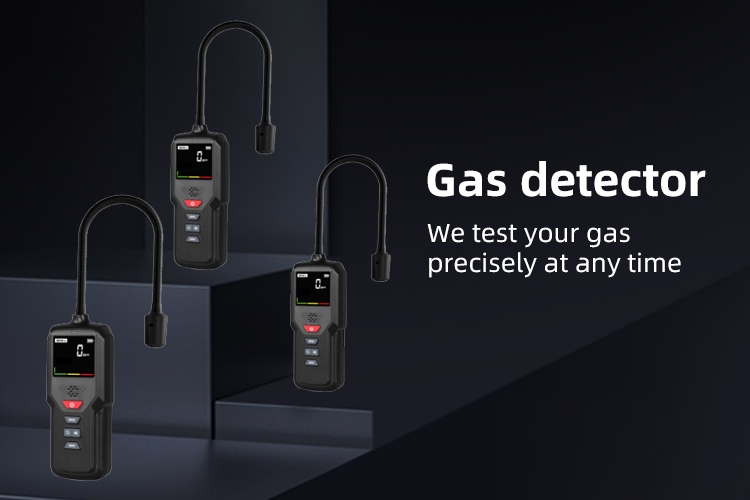
-
Home
- About Us
- Products
- Application scenarios
Classify- Company News
- Industry News
- FAQ
Industry News
Principles of air compressor pressure sensor and proximity sensor
2024-12-06In the application field of air compressor pressure sensors, if the output signal of the transmitter is unstable, it can be inferred that it is caused by the pressure source itself. The pressure source may be affected by multiple factors, causing unstable output signals. The specific reasons include insufficient anti-interference ability of instruments or pressure sensors, severe vibration of the sensors themselves, and even damage to the sensors. Sensors play a crucial role in various types of mechanical equipment, such as Hall sensors, temperature sensors, and pressure sensors, which have been widely used in various fields.

The manifestations of pressure sensor faults in air compressors are as follows:
When the pressure can rise but the output signal of the transmitter cannot rise correspondingly, the pressure interface should first be checked for air leakage or blockage. After confirming that the interface is normal, check whether the wiring method and power supply are correct. If there is no problem with the power supply, a simple pressure test needs to be conducted on the sensor to observe whether the output signal changes. If there is no change, it may be that the sensor is damaged; If there are any changes, it may be due to problems with the instruments or other system components.
If the output signal of the transmitter remains unchanged when applying pressure to the sensor, but suddenly changes when applying pressure again, and the zero position of the transmitter cannot be traced back after pressure relief, it may be a problem with the pressure sensor sealing ring. According to the Sensor Expert Network, a common situation is that the sealing ring is compressed into the pressure port after tightening the sensor due to improper specifications, thereby blocking the sensor.
When the output signal of the transmitter is unstable, it can be determined to be a problem with the pressure source. The pressure source itself may have unstable factors, such as weak anti-interference ability of instruments or pressure sensors, severe vibration of sensors themselves, or even damaged sensors.
When choosing a pressure sensor, the following five key criteria can help you make informed decisions:
1. Determine the application type and measurement requirements: Pressure sensors cover multiple measurement types, such as pressure, gauge pressure, differential pressure, vacuum, bidirectional, and sealed gauge pressure. The specific requirements of the application will determine which measurement type is most suitable.
2. Selecting pressure range and overpressure protection: When selecting a pressure sensor, the pressure range is a key decision point. It is necessary to fully consider the accuracy requirements of the instrument and the overvoltage protection strategy. From an accuracy perspective, the range of the transmitter should be moderate to minimize measurement errors; On the other hand, effective overvoltage protection measures must be implemented to prevent overpressure damage caused by incorrect operation, design defects, or improper instrument isolation.
Links:
Service Hotline
+86 13923792185
Website:www.micmetering.com
Address:6th Floor, Block B, Area A, Qinghu Science and Technology Park, Longhua District, Shenzhen, Guangdong Province
Copyright © 2025 MIC Metering (Shenzhen) Limited 粤ICP备2025358196号-1 Cookies Policy-
Service Hotline
Service Hotline
+86 13923792185
-
WeChat

-
TOP
Our Cookie Usage Policy
Our website uses cookies and other similar technologies to distinguish you from other users of our website. This helps us provide you with a good experience when you browse our website and allows us to improve our website. For more information, please refer to our Cookie Policy. - About Us
